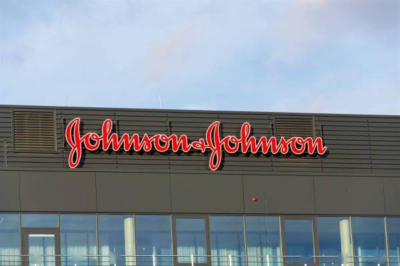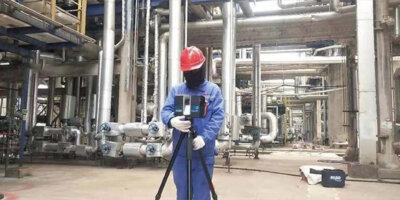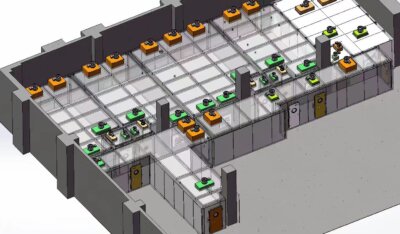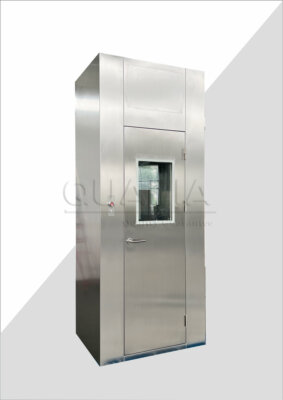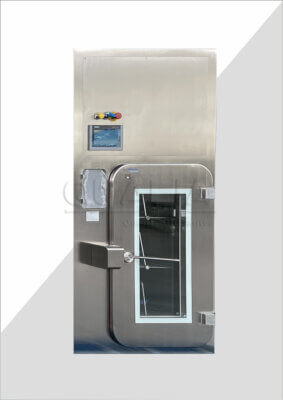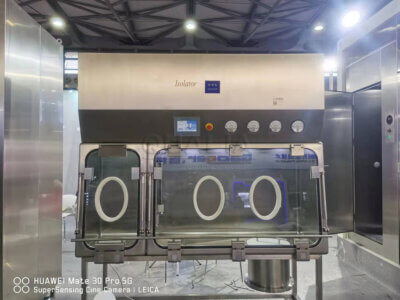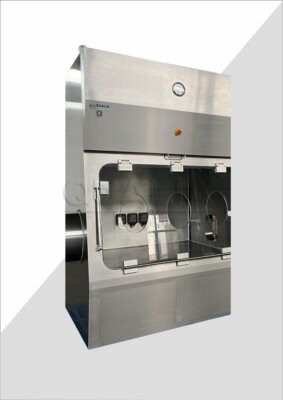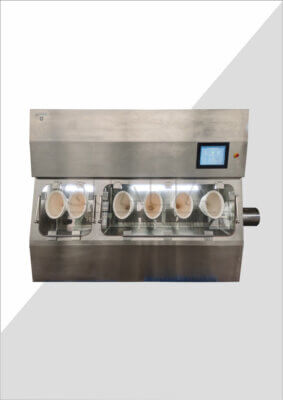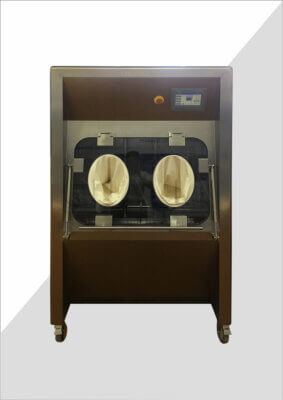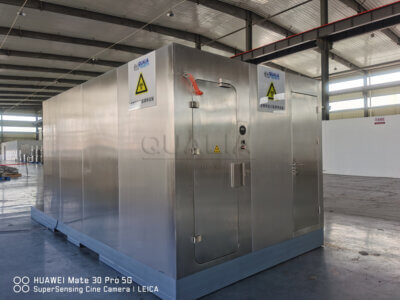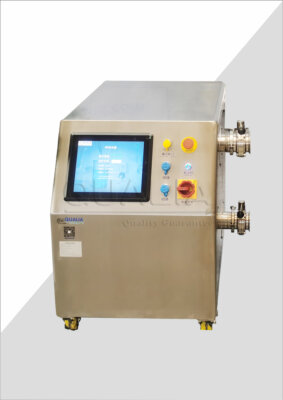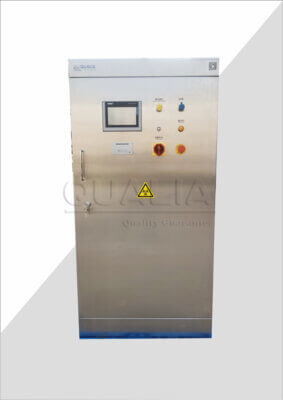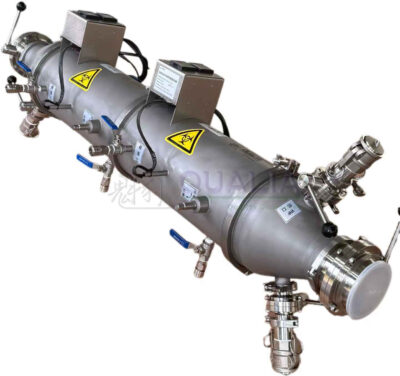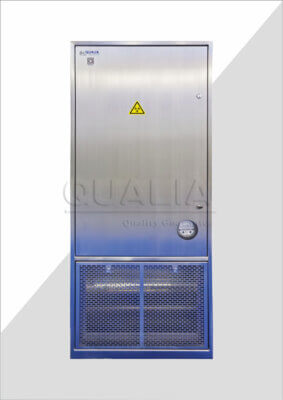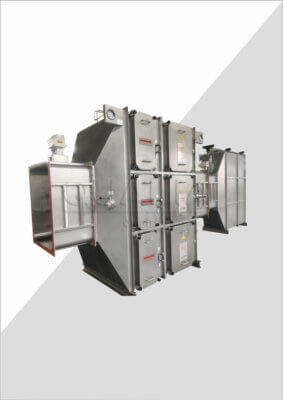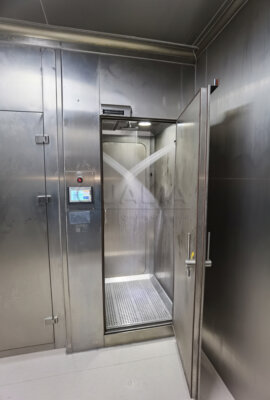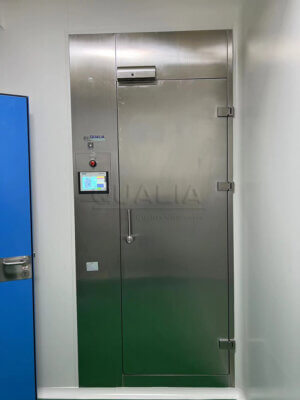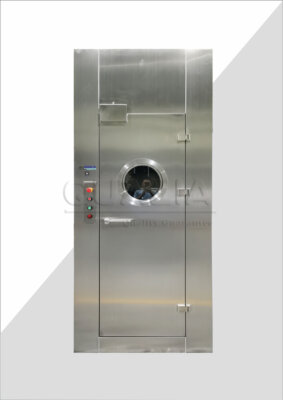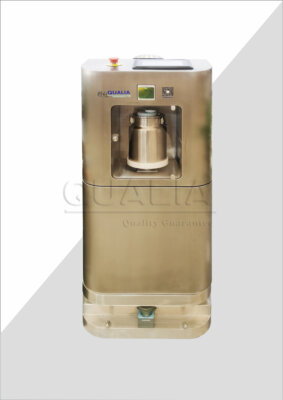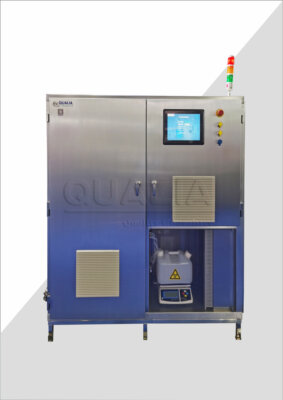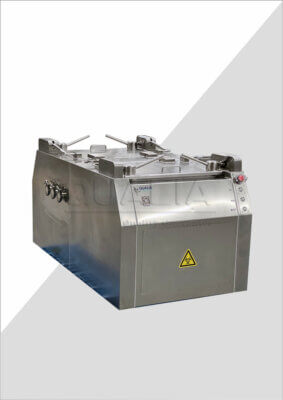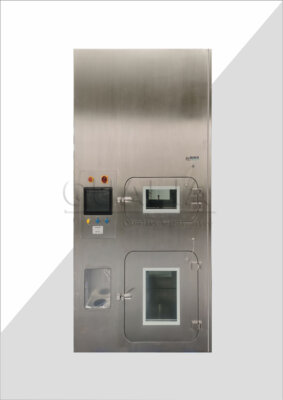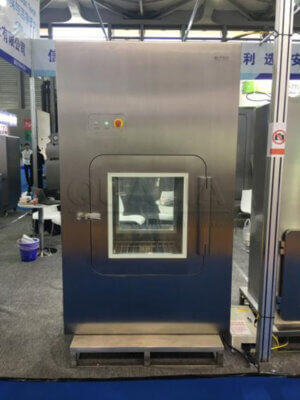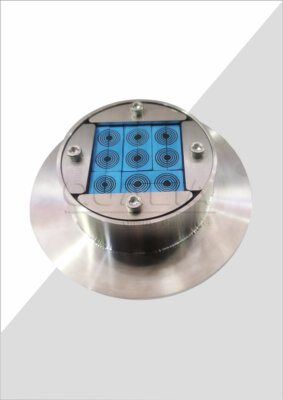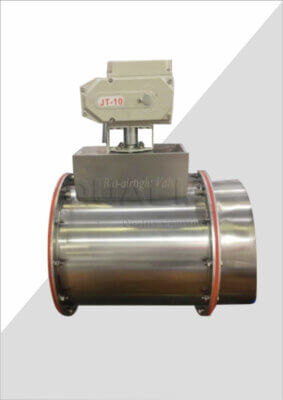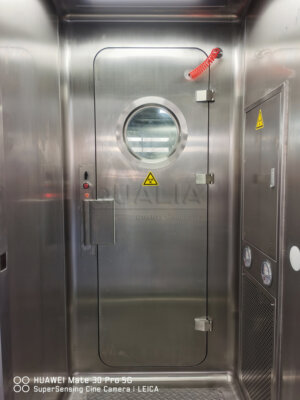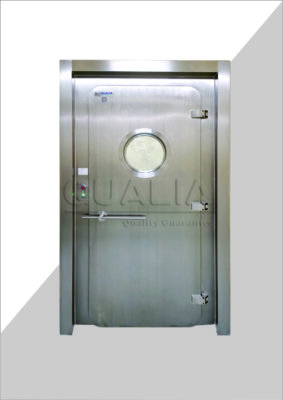The pharmaceutical industry continually seeks innovative solutions to maximize efficiency, maintain sterility, and ensure product quality. One such solution that has gained significant traction is the Closed Restricted Access Barrier System (CRABS). This advanced technology offers a robust approach to aseptic processing, combining the benefits of isolation with the flexibility of traditional cleanrooms.
Closed Restricted Access Barrier Systems represent a significant leap forward in pharmaceutical manufacturing. These systems provide a physical barrier between the operator and the critical process area, ensuring a sterile environment while allowing for necessary interventions. By integrating cutting-edge features such as HEPA filtration, bio-decontamination systems, and automated glove leak testing, CRABS maximize efficiency and maintain the highest standards of air quality and operator safety.
As we delve deeper into the world of Closed Restricted Access Barrier Systems, we'll explore their design principles, operational benefits, and the ways they're revolutionizing pharmaceutical production. From reducing contamination risks to streamlining processes, CRABS are at the forefront of aseptic manufacturing technology, offering a balance of safety, efficiency, and compliance with stringent regulatory requirements.
"Closed Restricted Access Barrier Systems (CRABS) provide a superior level of contamination control and process efficiency in aseptic pharmaceutical manufacturing, significantly reducing the risk of product contamination while enhancing operator safety."
Understanding the Fundamentals of CRABS
Before we dive into the specific advantages and applications of Closed Restricted Access Barrier Systems, it's crucial to understand their fundamental components and principles. CRABS are designed to create a controlled environment that separates the aseptic processing area from the surrounding cleanroom. This separation is achieved through a combination of physical barriers, airflow management, and rigorous operational procedures.
At the heart of a CRABS is its enclosure, typically constructed from stainless steel and transparent panels. This structure houses the critical processing equipment and provides a physical barrier between the operator and the aseptic zone. The system incorporates glove ports that allow operators to perform necessary tasks without breaching the sterile environment.
One of the key features of CRABS is their sophisticated air handling system. HEPA (High-Efficiency Particulate Air) filters are used to create a unidirectional airflow within the enclosure, maintaining a positive pressure differential between the aseptic zone and the surrounding area. This airflow pattern helps prevent the ingress of contaminants and ensures a consistently clean environment for product processing.
"The design of Closed Restricted Access Barrier Systems integrates advanced air filtration technology and physical barriers to create an ISO 5 (Class 100) environment within the critical processing area, significantly reducing the risk of microbial contamination."
| Feature | Function |
|---|---|
| HEPA Filtration | Removes 99.97% of particles 0.3 microns or larger |
| Positive Pressure | Prevents ingress of contaminants |
| Glove Ports | Allows operator intervention without compromising sterility |
| Bio-decontamination System | Ensures thorough sterilization between production cycles |
How do CRABS enhance product sterility?
Maintaining product sterility is paramount in pharmaceutical manufacturing, and Closed Restricted Access Barrier Systems excel in this crucial aspect. By creating a physical barrier between the operator and the aseptic processing area, CRABS significantly reduce the risk of contamination from human sources, which are often the primary culprits in sterility breaches.
The enhanced sterility assurance provided by CRABS is achieved through multiple layers of protection. The unidirectional HEPA-filtered airflow creates a constant stream of clean air that sweeps away any potential contaminants. This, combined with the positive pressure differential, ensures that even if there's a momentary breach in the system's integrity, the flow of air prevents external particles from entering the critical zone.
Moreover, CRABS are equipped with sophisticated bio-decontamination systems. These systems, often utilizing vaporized hydrogen peroxide (VHP) or other validated sterilization methods, allow for thorough sanitization of the entire enclosure between production runs. This capability ensures a sterile starting point for each new batch, further enhancing product safety and quality.
"Studies have shown that implementing Closed Restricted Access Barrier Systems can reduce microbial contamination rates by up to 99% compared to traditional open processing methods, significantly enhancing product sterility and patient safety."
| Sterility Assurance Measure | Effectiveness |
|---|---|
| HEPA-filtered Unidirectional Airflow | Removes 99.97% of particles ≥0.3 μm |
| Positive Pressure Differential | Prevents ingress of contaminants |
| VHP Bio-decontamination | Achieves 6-log reduction in microbial load |
What role do CRABS play in regulatory compliance?
In the highly regulated pharmaceutical industry, compliance with Good Manufacturing Practices (GMP) and other regulatory standards is non-negotiable. Closed Restricted Access Barrier Systems play a crucial role in helping manufacturers meet and exceed these stringent requirements. By providing a controlled, documented, and reproducible environment for aseptic processing, CRABS align closely with regulatory expectations for sterile product manufacturing.
The implementation of CRABS addresses several key areas of regulatory focus. First, they provide a physical barrier that minimizes human intervention in the critical zone, a major concern for regulatory bodies. Second, the advanced air handling and filtration systems ensure consistent maintenance of the required air quality classifications, typically ISO 5 (Class 100) within the critical processing area.
Furthermore, CRABS facilitate compliance with the latest industry guidelines, including the updated EU GMP Annex 1, which emphasizes the use of closed systems and barrier technologies. The ability to integrate automated monitoring and control systems within CRABS also supports the trend towards data integrity and continuous process verification, both of which are increasingly important in regulatory inspections.
"Pharmaceutical manufacturers utilizing Closed Restricted Access Barrier Systems report a 40% reduction in regulatory observations related to aseptic processing, demonstrating the technology's effectiveness in supporting GMP compliance."
| Regulatory Aspect | CRABS Contribution |
|---|---|
| Human Intervention | Minimizes operator access to critical zones |
| Air Quality | Maintains consistent ISO 5 (Class 100) environment |
| Data Integrity | Supports integration of automated monitoring systems |
| Process Consistency | Ensures reproducible aseptic conditions |
How do CRABS improve operational efficiency?
Enhancing operational efficiency is a constant goal in pharmaceutical manufacturing, and Closed Restricted Access Barrier Systems offer significant advantages in this regard. By creating a controlled environment that requires less frequent interventions and cleanups, CRABS can dramatically reduce downtime between production runs and increase overall productivity.
One of the key efficiency benefits of CRABS is the reduction in environmental monitoring requirements. The controlled nature of the CRABS environment means that less frequent air and surface sampling is needed compared to traditional cleanrooms. This not only saves time but also reduces the risk of contamination introduced by the monitoring process itself.
CRABS also facilitate faster changeovers between different products or batches. The ability to rapidly bio-decontaminate the entire enclosure means that turnaround times can be significantly reduced. Additionally, the closed nature of the system minimizes the spread of contamination in case of a spill or breach, containing any issues and allowing for quicker resolution.
"Manufacturers implementing Closed Restricted Access Barrier Systems have reported up to a 30% increase in production capacity due to reduced downtime and faster changeovers between batches."
| Efficiency Factor | Impact of CRABS |
|---|---|
| Environmental Monitoring | Reduced frequency, saving time and resources |
| Batch Changeover | Up to 50% reduction in turnaround time |
| Contamination Control | Faster resolution of contamination events |
| Overall Equipment Effectiveness | Typically improved by 15-20% |
What are the operator safety benefits of CRABS?
Operator safety is a critical consideration in pharmaceutical manufacturing, particularly when dealing with potent or hazardous compounds. Closed Restricted Access Barrier Systems offer significant advantages in this area, providing a physical barrier that protects operators from exposure to potentially harmful substances while still allowing them to perform necessary tasks.
The design of CRABS incorporates features that prioritize operator safety. The glove ports, a key component of the system, allow operators to manipulate equipment and materials within the enclosure without direct contact. These gloves are regularly tested for integrity to ensure they maintain their protective function. Additionally, the positive pressure differential within the CRABS helps prevent the escape of any airborne particles or vapors, further protecting operators.
For applications involving highly potent active pharmaceutical ingredients (HPAPIs), CRABS can be designed with additional containment features. These may include double-glove systems, rapid-transfer ports for material entry and exit, and specialized waste handling systems. Such features allow for the safe handling of potent compounds without compromising product quality or operator safety.
"Implementation of Closed Restricted Access Barrier Systems has been associated with a 75% reduction in reported incidents of operator exposure to hazardous substances in pharmaceutical manufacturing facilities."
| Safety Feature | Function |
|---|---|
| Glove Ports | Allow manipulation without direct contact |
| Positive Pressure | Prevents escape of airborne contaminants |
| Rapid-Transfer Ports | Enable safe material transfer |
| Automated Glove Testing | Ensures ongoing integrity of protective barriers |
How do CRABS integrate with existing cleanroom infrastructures?
One of the significant advantages of Closed Restricted Access Barrier Systems is their ability to integrate seamlessly with existing cleanroom infrastructures. This flexibility allows pharmaceutical manufacturers to upgrade their aseptic processing capabilities without the need for extensive and costly facility renovations.
CRABS can be installed within existing ISO 7 or ISO 8 cleanrooms, creating an ISO 5 environment within the critical processing area. This approach allows manufacturers to maintain lower classification in the surrounding room, reducing overall environmental control costs while still achieving the highest levels of sterility assurance where it matters most.
The integration process typically involves careful planning to ensure proper airflow management and utility connections. CRABS can be designed to interface with existing HVAC systems, leveraging the cleanroom's air supply while providing additional filtration and control within the barrier system. This symbiotic relationship between the CRABS and the cleanroom infrastructure results in an optimized aseptic processing environment.
"Pharmaceutical companies that have integrated Closed Restricted Access Barrier Systems into existing cleanrooms report an average of 40% reduction in overall environmental control costs while maintaining or improving sterility assurance levels."
| Integration Aspect | Benefit |
|---|---|
| Cleanroom Classification | Allows for lower classification of surrounding area |
| HVAC Integration | Optimizes overall air management |
| Utility Connections | Streamlines power and data infrastructure |
| Footprint | Minimal impact on existing layout |
What future developments can we expect in CRABS technology?
As pharmaceutical manufacturing continues to evolve, so too does the technology behind Closed Restricted Access Barrier Systems. The future of CRABS promises even greater levels of automation, integration, and efficiency. One of the most anticipated developments is the increased use of robotics within CRABS environments, further reducing the need for human intervention and enhancing sterility assurance.
Advanced materials science is also playing a role in the evolution of CRABS. Research into new polymers and surface treatments may lead to barrier materials that are even more resistant to microbial adhesion and easier to sterilize. These advancements could extend the operational life of CRABS components and further reduce the risk of contamination.
Integration with Industry 4.0 technologies is another area of rapid development. Future CRABS are likely to incorporate more sensors and real-time monitoring capabilities, providing continuous data on environmental conditions, equipment performance, and even operator actions. This wealth of data will support predictive maintenance, process optimization, and enhanced regulatory compliance.
"Industry analysts predict that by 2030, over 80% of new aseptic processing lines in pharmaceutical manufacturing will incorporate advanced Closed Restricted Access Barrier Systems with integrated robotics and AI-driven process control."
| Future Technology | Potential Impact |
|---|---|
| Robotics Integration | 90% reduction in human interventions |
| Advanced Materials | 50% increase in component lifespan |
| IoT Sensors | Real-time monitoring of 100+ parameters |
| AI Process Control | 25% improvement in overall efficiency |
Conclusion
Closed Restricted Access Barrier Systems represent a significant leap forward in pharmaceutical manufacturing technology, offering a powerful solution for maximizing efficiency while maintaining the highest standards of sterility and safety. As we've explored, CRABS provide numerous benefits, from enhanced product protection and operator safety to improved regulatory compliance and operational efficiency.
The ability of CRABS to create a controlled ISO 5 environment within existing cleanroom infrastructures offers pharmaceutical manufacturers a cost-effective path to upgrading their aseptic processing capabilities. This flexibility, combined with the potential for integration with advanced technologies like robotics and AI, positions CRABS as a key enabler of future innovations in drug manufacturing.
As the industry continues to evolve, driven by increasing regulatory scrutiny and the demand for more complex and sensitive pharmaceutical products, the role of CRABS in ensuring safe, efficient, and compliant manufacturing processes will only grow in importance. Manufacturers who embrace this technology stand to gain significant advantages in terms of product quality, operational efficiency, and competitive edge in the global pharmaceutical market.
The future of pharmaceutical manufacturing is undoubtedly moving towards more closed, controlled, and connected systems. Closed Restricted Access Barrier Systems, with their proven benefits and potential for further advancement, are poised to play a central role in shaping this future, ensuring that the medicines of tomorrow are produced with the utmost efficiency, safety, and quality.
For those looking to explore cutting-edge solutions in Closed Restricted Access Barrier Systems, [' QUALIA '] offers innovative products designed to meet the evolving needs of the pharmaceutical industry. Their advanced CRABS technology exemplifies the integration of safety, efficiency, and compliance that is driving the future of aseptic processing.
External Resources
Tema Sinergie – Provides detailed information on RABS design, integration, and features such as HEPA filtration and bio-decontamination systems.
PharmTech – Discusses the advantages and limitations of RABS, including their role in maintaining sterility and automating processes.
SKAN – Explains the design and functionality of RABS, emphasizing their use in cleanrooms to separate aseptic production from the environment.
Esco Pharma – Describes the Streamline Closed Restricted Access Barrier System, focusing on its ability to provide a safe and clean environment for preparing sterile non-hazardous drugs.
ISPE – Discusses maximizing productivity with closed systems, including RABS, in the context of EU GMP Annex 1.
Pharmaceutical Technology – Provides an in-depth look at the design and operational aspects of closed RABS, including their integration with cleanrooms and air flow systems.
- Cleanroom Technology – Focuses on optimizing efficiency in aseptic processing using RABS, discussing the benefits of reduced manual interventions and automated cleaning systems.
Related Contents:
- Regulatory Compliance and Closed RABS in Pharmaceutical Production
- Implementing Closed RABS: Ensuring Aseptic Processing Excellence
- Designing Effective Closed RABS for Sterile Drug Manufacturing
- Maintaining Sterility: The Critical Role of Closed RABS in Pharmaceutical Production
- Closed RABS vs. Isolators: Comparing Aseptic Processing Solutions
- Revolutionizing Pharmaceutical Manufacturing with Closed RABS
- Unveiling the Best RABS for Your Facility
- Continuous vs. Batch Processing: Optimizing EDS Operations
- Closed Restricted Access Barrier System (cRABS) by QUALIA: A Comprehensive Guide

